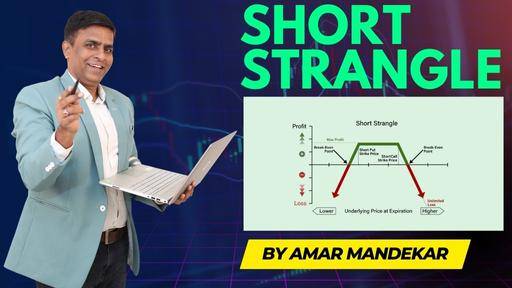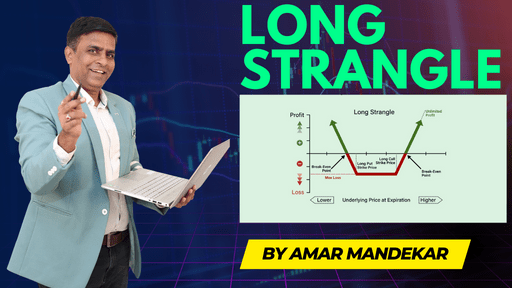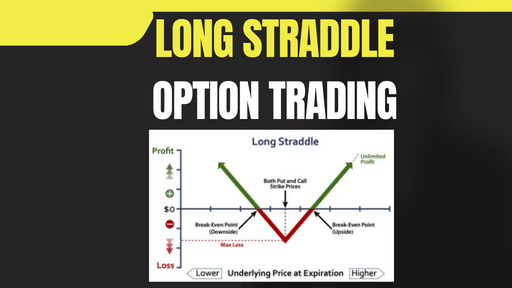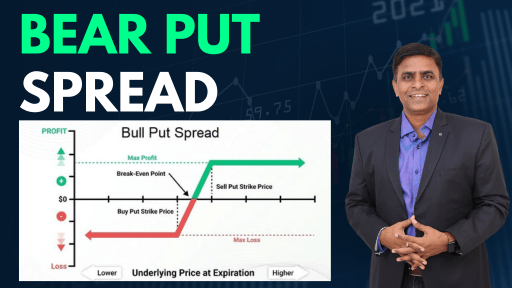Table of Contents
Introduction:
Welcome to the exciting world of the stock market, where fortunes are made and lost, and every tick of the price chart holds the promise of opportunity. Among the myriad of factors that influence stock prices, open interest stands tall as a key indicator of market sentiment. But what exactly is open interest, and how does it relate to price action?
In this article, we embark on a journey to unravel the relationship between open interest and price action. We’ll delve into the intricacies of this connection, exploring how changes in open interest can impact market trends and influence the decisions of traders and investors. So, fasten your seatbelts as we navigate through the depths of the stock market to uncover the mysteries behind this fascinating relationship.
KEY TAKEAWAYS
- Open interest represents the total number of open contracts on a security and is used by traders to gauge market activity.
- Volume, in conjunction with open interest, is used to confirm trends and potential trend reversals.
- Increasing volume and open interest suggest continued movement in the same direction, while decreasing volume and open interest indicate a potential slowdown in momentum and a possible trend reversal.
- Price action, volume, and open interest are interrelated factors that create interest in opening or closing positions.
- Bullish signals are observed when price action increases during an uptrend and open interest rises, indicating new money entering the market.
- Bearish signals occur when prices are in a downtrend and open interest and volume rise, suggesting aggressive new short-selling.
- Declining open interest and volume with declining prices may indicate forced liquidation of long positions and can be seen as a strong position.
- High open interest at a market top, coupled with a significant price drop, is considered bearish, as it reflects panic selling by bulls who bought near the top.
- Contrarian analysts may interpret some signals differently, placing less value on momentum and considering excessive short interest as a bullish sign.
- Open interest cannot be accurately predicted but is a backward-looking measurement based on existing positions.
I. Understanding Open Interest
a. Defining Open Interest Open interest refers to the total number of outstanding contracts in a particular market or trading instrument. It represents the total number of contracts that have been entered into but not yet offset by a closing trade or delivery. In simpler terms, open interest reflects the number of contracts that are still active and have not been settled.
b. The Significance of Open Interest Open interest provides valuable insights into the liquidity and popularity of a particular market or instrument. It acts as a measure of market activity and is closely watched by traders and analysts to gauge the level of participation in a given market. Higher open interest suggests increased trading activity and indicates greater market interest and potential volatility.

c. Calculating Open Interest The calculation of open interest is straightforward. Every transaction in the market involves both a buyer and a seller, resulting in the creation of a new contract. As a result, open interest increases by one. Conversely, when contracts are closed or offset, open interest decreases by one.

II. Decoding Price Action
a. The Basics of Price Action Price action refers to the movement and fluctuations in the price of a financial instrument, such as stocks, commodities, or currencies. It encompasses the entire range of price changes, including highs, lows, trends, and patterns, observed on a price chart. Understanding price action is crucial for technical analysts and traders who rely on historical price data to predict future market movements.

b. Factors Influencing Price Action Price action is influenced by a multitude of factors, including supply and demand dynamics, economic indicators, market sentiment, geopolitical events, and company-specific news. These variables create a constantly changing landscape in which prices react and adjust, reflecting the collective actions and expectations of market participants.

III. The Dance between Open Interest and Price Action
a. Rising Open Interest and Price Movements When open interest increases alongside rising prices, it suggests a strong bullish sentiment in the market. This scenario typically occurs when new buyers enter the market and push prices higher. Higher open interest indicates a greater number of market participants, which can lead to increased liquidity and potential price appreciation.

b. Declining Open Interest and Price Movements Conversely, when open interest declines while prices continue to fall, it indicates a bearish sentiment. This situation often arises when traders and investors are closing out their positions or taking profits. Decreasing open interest signals a reduction in market participation and can exacerbate downward price movements.
c. Divergence between Open Interest and Price In some cases, open interest and price may exhibit divergence, creating intriguing trading opportunities. For instance, if open interest is rising while prices remain stagnant or vice versa, it could indicate a potential reversal or consolidation phase in the market. Traders closely monitor such divergences to identify turning points and capitalize on emerging trends.

IV. Enhancing Trading Strategies with Open Interest
a. Confirming Trend Strength Open interest can be used to validate the strength of a prevailing trend. If open interest is rising along with prices, it suggests a healthy trend backed by strong market participation. Conversely, declining open interest during an uptrend may indicate a weakening trend, potentially signaling a trend reversal.

b. Identifying Support and Resistance Levels By analyzing open interest at different price levels, traders can identify significant support and resistance levels. Higher open interest near specific price levels indicates the presence of substantial market interest, leading to increased buying or selling pressure at those levels.

c. Unveiling Market Sentiment Changes in open interest can reveal market sentiment and the potential for future price movements. When open interest rises sharply, it may indicate the emergence of a new trend or the intensification of an existing one. Conversely, a significant decline in open interest could suggest an imminent change in market sentiment or a period of consolidation.
V. FAQs
- How does open interest differ from trading volume? Open interest and trading volume are related but distinct concepts. While open interest represents the total number of outstanding contracts, trading volume measures the total number of contracts traded during a specified time period. High trading volume without a corresponding increase in open interest suggests short-term speculative activity, while a significant rise in open interest signifies a more sustained interest in a particular market.
- Can open interest alone predict future price movements? Open interest should not be used as a standalone indicator for predicting future price movements. It is best utilized in conjunction with other technical and fundamental analysis tools to gain a comprehensive understanding of market dynamics. Traders should consider a holistic approach and incorporate multiple indicators to make informed trading decisions.
VI. Wrapping Up:
The Intricacies of the Open Interest and Price Action Relationship In conclusion, open interest and price action share a fascinating dance in the stock market. The ebb and flow of open interest provide valuable insights into market sentiment and the potential for future price movements. By understanding the relationship between open interest and price action, traders and investors can enhance their strategies and make more informed trading decisions.
As you venture further into the world of trading, remember to use open interest as one piece of the puzzle, combining it with other analysis techniques and indicators to build a robust trading framework. Stay curious, keep learning, and may your journey in the stock market be both rewarding and enlightening!
To delve deeper into the fascinating world of price action and open interest, check out these additional resources:
- Investopedia’s guide on Price Action Trading: Link
- Options Trading Strategies by CBOE: Link
- Technical Analysis: Introduction to Open Interest by Charles Schwab: Link
- Swing Trading Strategies by Warrior Trading: Link
VII. Disclaimer:
The information provided in this blog post is for educational and informational purposes only. It should not be construed as financial advice or a recommendation to buy or sell any securities. Always do your own research and consult with a qualified financial advisor before making investment decisions. Link
Also Read: Intraday Bank Nifty Option Trading Psychology: Mastering the Mindset for Successful Trading.











